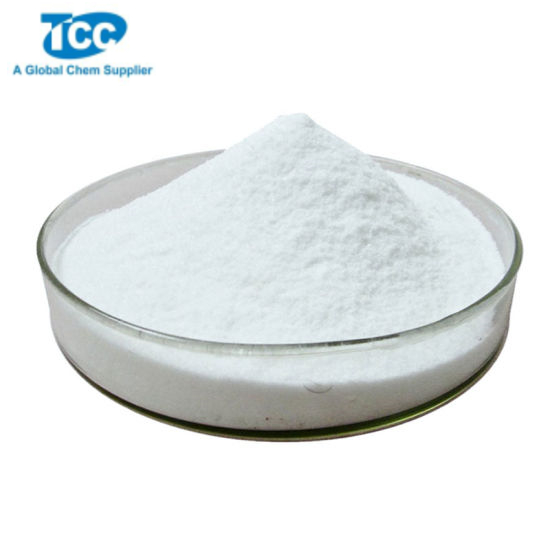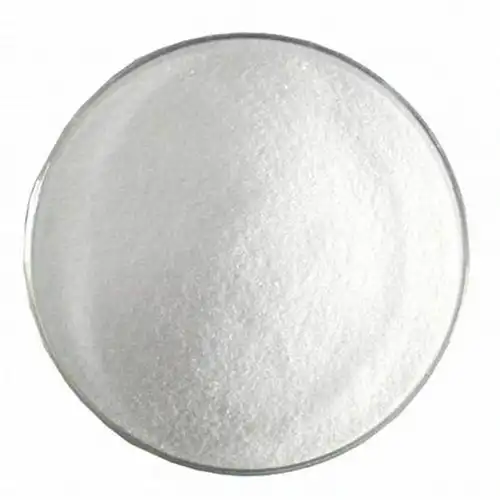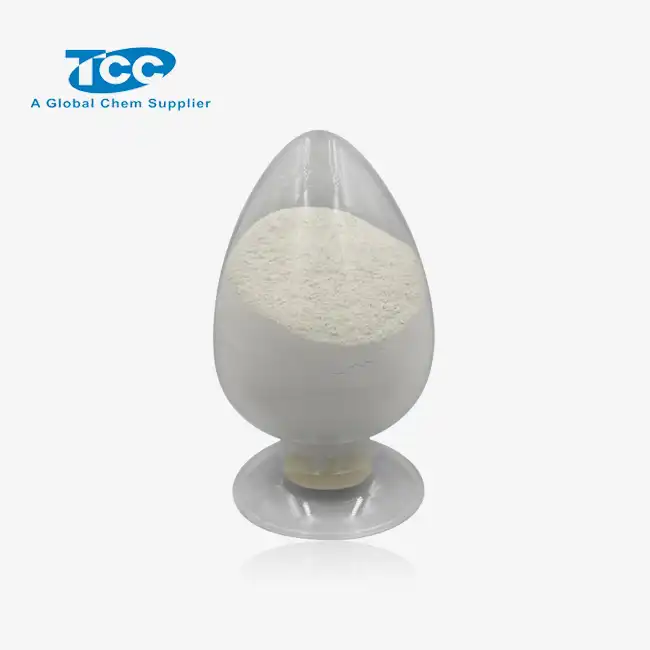- English
- French
- German
- Portuguese
- Spanish
- Russian
- Japanese
- Korean
- Arabic
- Greek
- German
- Turkish
- Italian
- Danish
- Romanian
- Indonesian
- Czech
- Afrikaans
- Swedish
- Polish
- Basque
- Catalan
- Esperanto
- Hindi
- Lao
- Albanian
- Amharic
- Armenian
- Azerbaijani
- Belarusian
- Bengali
- Bosnian
- Bulgarian
- Cebuano
- Chichewa
- Corsican
- Croatian
- Dutch
- Estonian
- Filipino
- Finnish
- Frisian
- Galician
- Georgian
- Gujarati
- Haitian
- Hausa
- Hawaiian
- Hebrew
- Hmong
- Hungarian
- Icelandic
- Igbo
- Javanese
- Kannada
- Kazakh
- Khmer
- Kurdish
- Kyrgyz
- Latin
- Latvian
- Lithuanian
- Luxembou..
- Macedonian
- Malagasy
- Malay
- Malayalam
- Maltese
- Maori
- Marathi
- Mongolian
- Burmese
- Nepali
- Norwegian
- Pashto
- Persian
- Punjabi
- Serbian
- Sesotho
- Sinhala
- Slovak
- Slovenian
- Somali
- Samoan
- Scots Gaelic
- Shona
- Sindhi
- Sundanese
- Swahili
- Tajik
- Tamil
- Telugu
- Thai
- Ukrainian
- Urdu
- Uzbek
- Vietnamese
- Welsh
- Xhosa
- Yiddish
- Yoruba
- Zulu
Sodium Gluconate as an Early Strength Agent in Concrete
Sodium Gluconate as an Early Strength Agent in Concrete

Concrete, a fundamental material in construction, has its performance significantly influenced by various additives. Among these, sodium gluconate has emerged as a notable early strength agent, playing a crucial role in enhancing the early-stage properties of concrete.
Sodium gluconate, with its unique chemical structure, interacts effectively with the components of concrete. When added to the concrete mixture, it participates in the hydration process of cement. This interaction accelerates the formation of hydration products, which are essential for the development of strength in concrete at an early age.

One of the key advantages of using sodium gluconate as an early strength agent is its ability to promote faster setting and hardening of concrete. This is particularly beneficial in construction projects where time is a critical factor. For instance, in cold weather conditions, concrete tends to set and harden slowly, which can delay the construction schedule. The addition of sodium gluconate helps to overcome this issue by speeding up the early strength development, allowing for earlier formwork removal and subsequent construction steps.
Moreover, sodium gluconate contributes to improving the workability of concrete during the early stages. It reduces the water demand of the mixture without compromising the fluidity, making it easier to place and compact the concrete. This improved workability ensures that the concrete can be properly shaped and positioned, which is vital for achieving the desired structural integrity.
In terms of strength development, studies have shown that concrete incorporating sodium gluconate exhibits higher compressive, flexural, and tensile strengths in the early days compared to plain concrete. This early strength gain provides better resistance to external forces and environmental factors at a crucial stage when the concrete is most vulnerable.
However, it is important to note that the dosage of sodium gluconate must be carefully controlled. Excessive amounts can have adverse effects, such as delaying the setting time beyond the desired range or reducing the long-term strength of the concrete. Therefore, proper testing and optimization of the dosage based on the specific concrete mix design and project requirements are necessary.
In conclusion, sodium gluconate serves as an effective early strength agent in concrete, offering benefits such as accelerated early strength development, improved workability, and enhanced performance in various construction scenarios. With appropriate usage, it contributes significantly to the efficiency and quality of concrete construction. Further research and application practices will continue to explore its full potential in the field of construction materials.
Learn about our latest products and discounts through SMS or email



